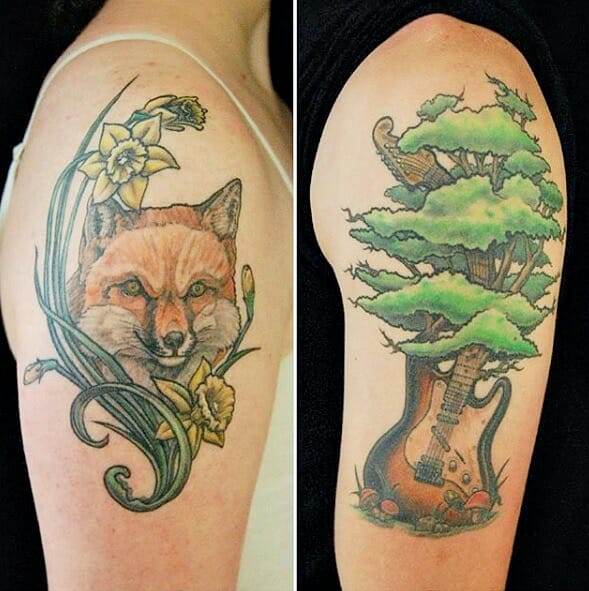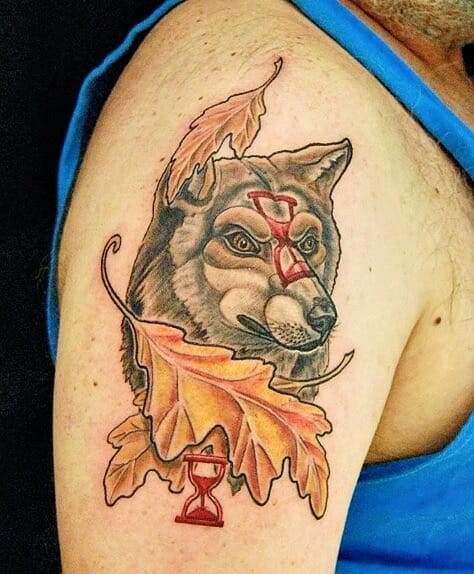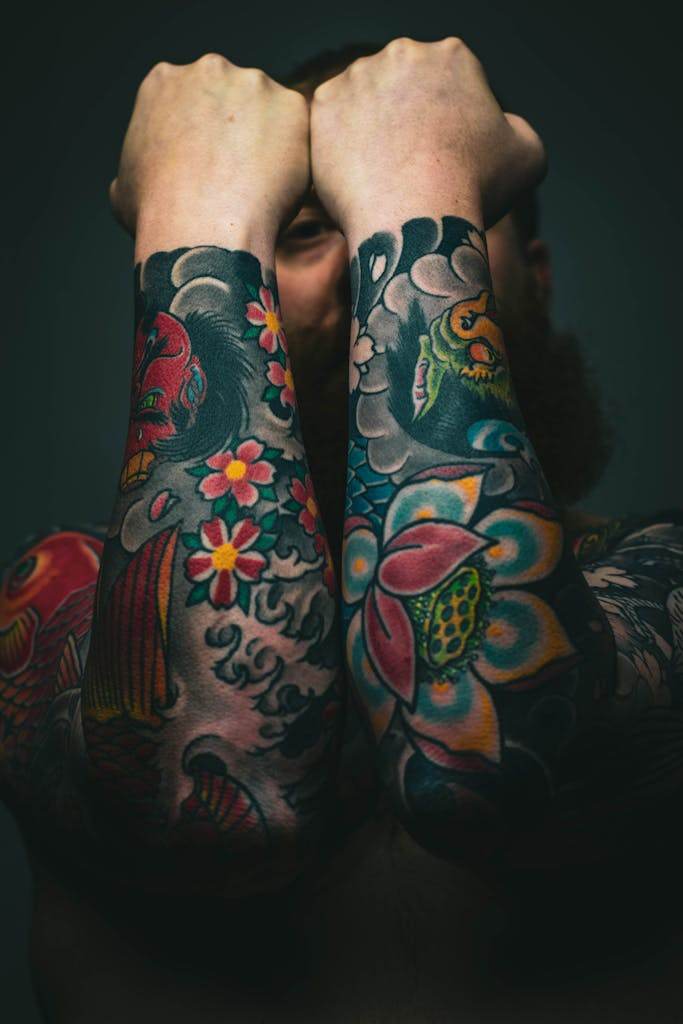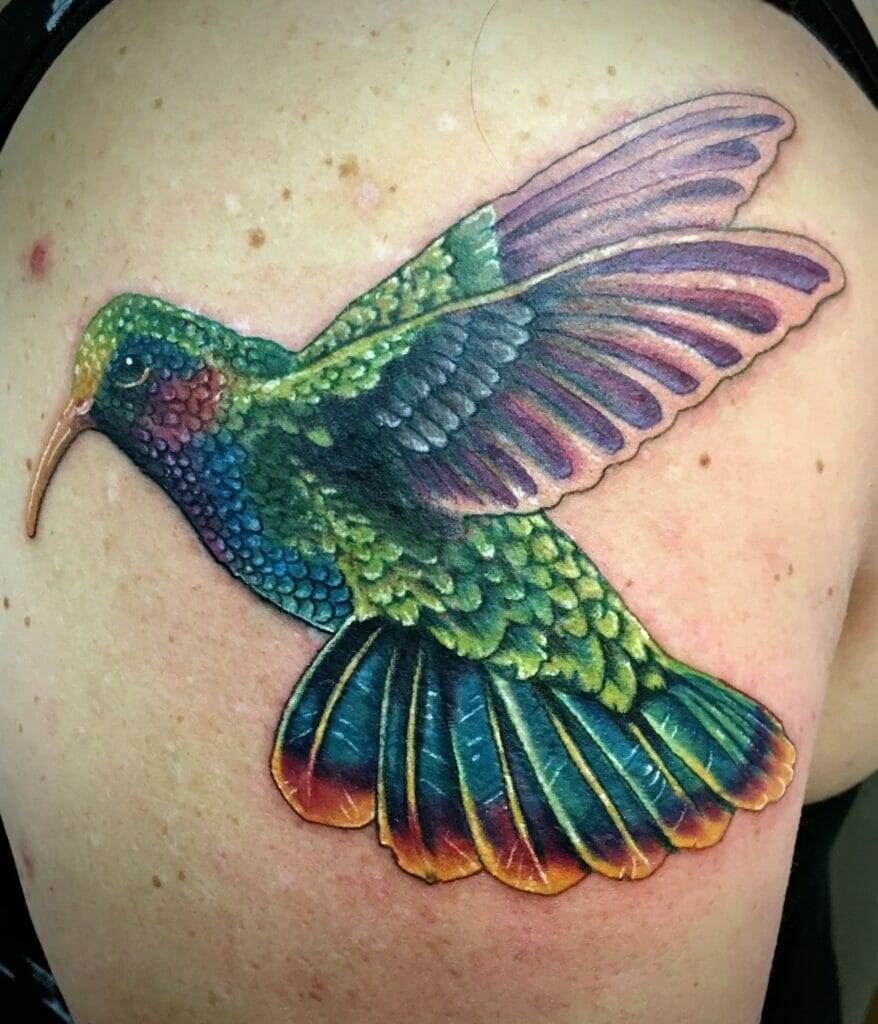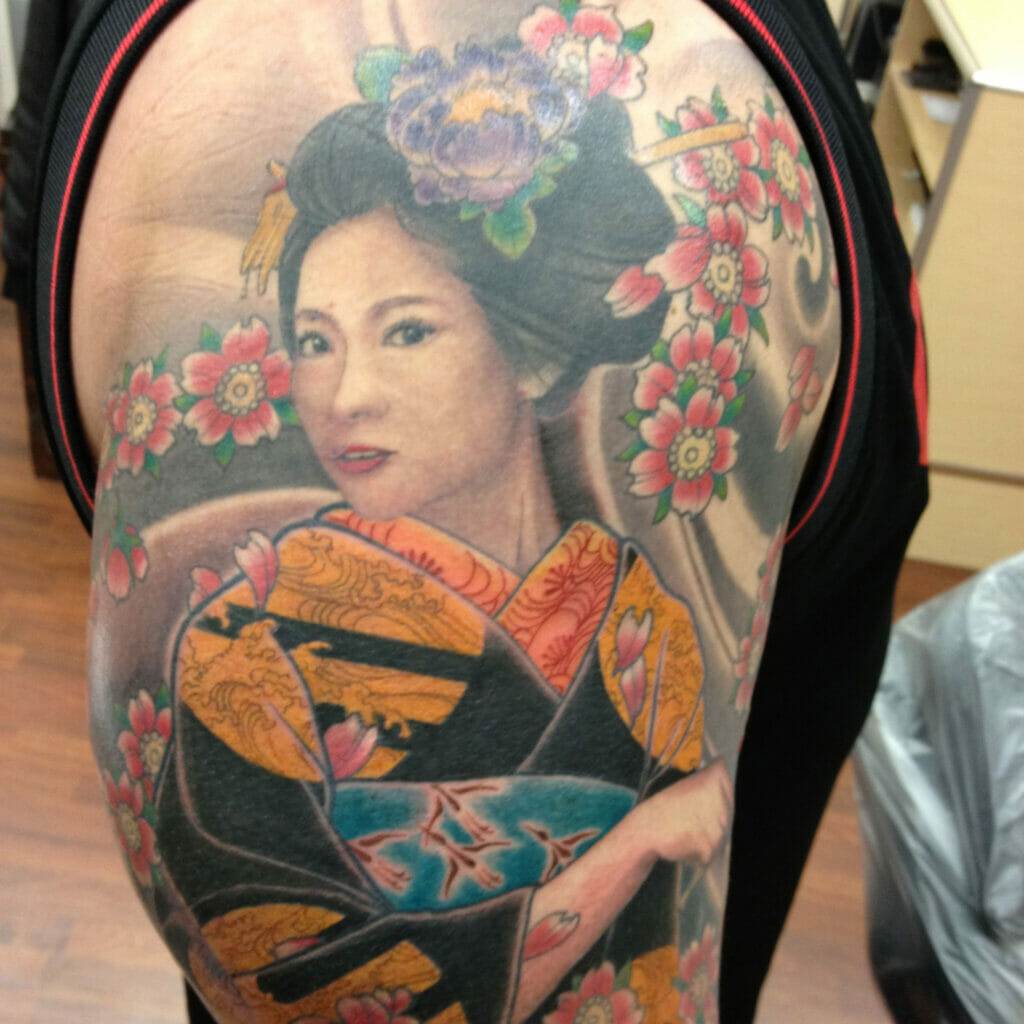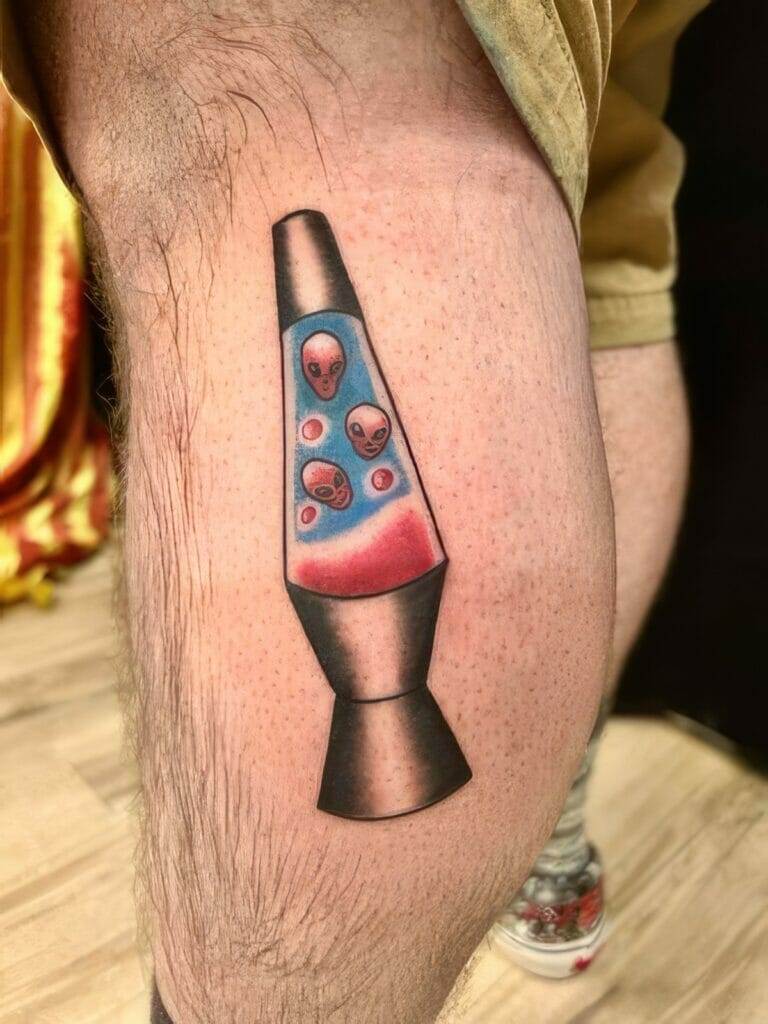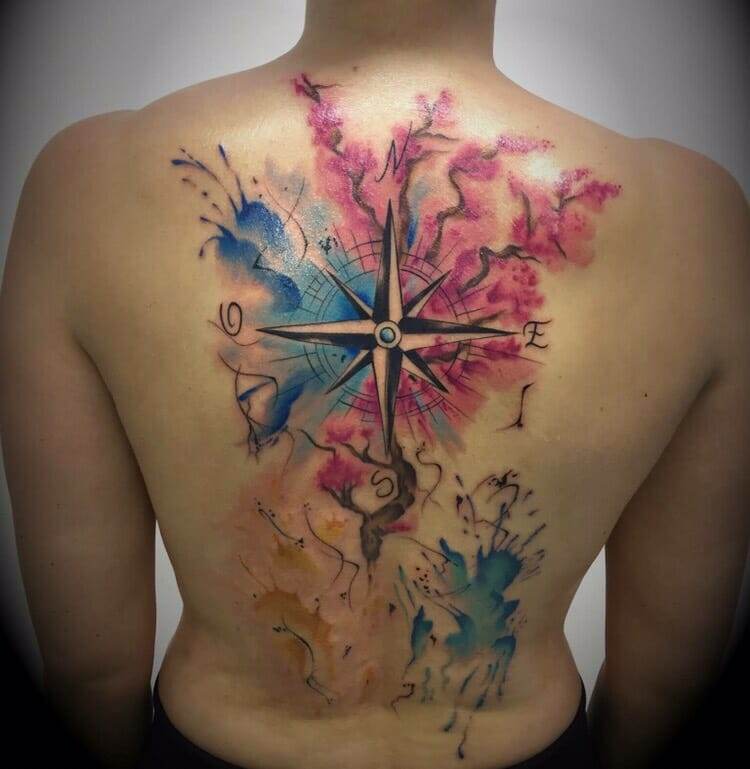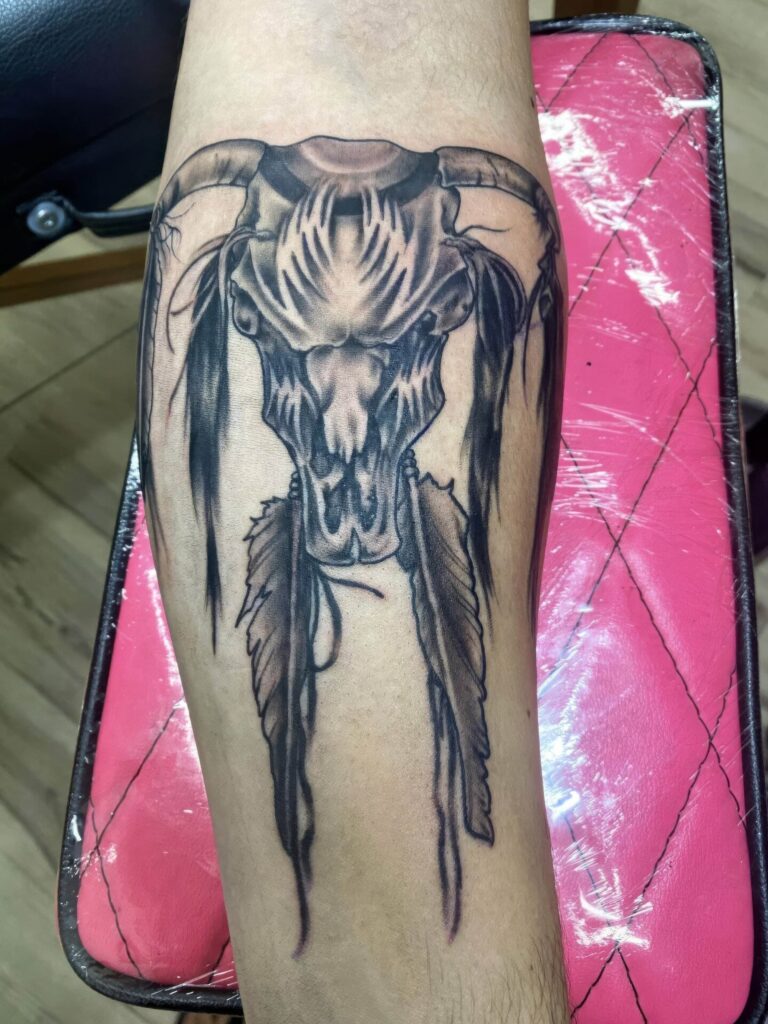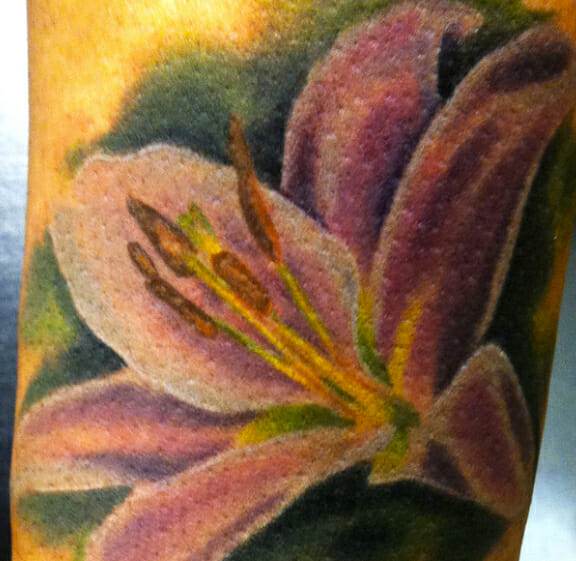
Iambic Pentameter: The Poetic Beauty of Watercolor Tattoos
Understanding the History of Watercolor Tattoos
Watercolor tattoos, a stunning blend of artistry and emotion, have gained significant popularity over recent years. This tattooing style draws inspiration from the fluidity and vibrancy of watercolor paintings, which have been celebrated since the 18th century. The watercolor technique in body art began to take shape in the early 2000s as artists sought innovative ways to express creativity beyond traditional ink lines. Initially, tattoo enthusiasts were skeptical of this novel approach. They questioned the longevity and clarity of watercolor tattoos compared to conventional styles. However, as artists honed their techniques and refined their skills, these tattoos became synonymous with a unique, ethereal beauty, celebrating the idea of impermanence in art. This historical journey demonstrates the evolution from skepticism to admiration, unveiling how this modern tattoo style resonates with contemporary aesthetics.
Exploring Unique Design Elements
One of the hallmarks of watercolor tattoos is their unique design elements, which set them apart from other tattoo styles. The beauty of watercolor lies in its organic flow and vibrant color palette, creating a captivating blend. Here are some key design components that make watercolor tattoos so enchanting:
- Color Saturation: Watercolor tattoos often utilize a wide array of colors that are layered to create depth and vibrancy, reminiscent of actual watercolor paintings.
- Brushstroke Techniques: Artists may replicate brushstroke styles within the tattoo, adding a dynamic texture and an artistic feel.
- Organic Shapes: Unlike geometric precision in traditional designs, watercolor tattoos embrace fluid shapes, resembling spontaneous splashes of color.
- Blend and Fade: The technique of blending colors smoothly and creating a fading effect contributes to a dreamlike quality, making them appear as if they are still in motion.
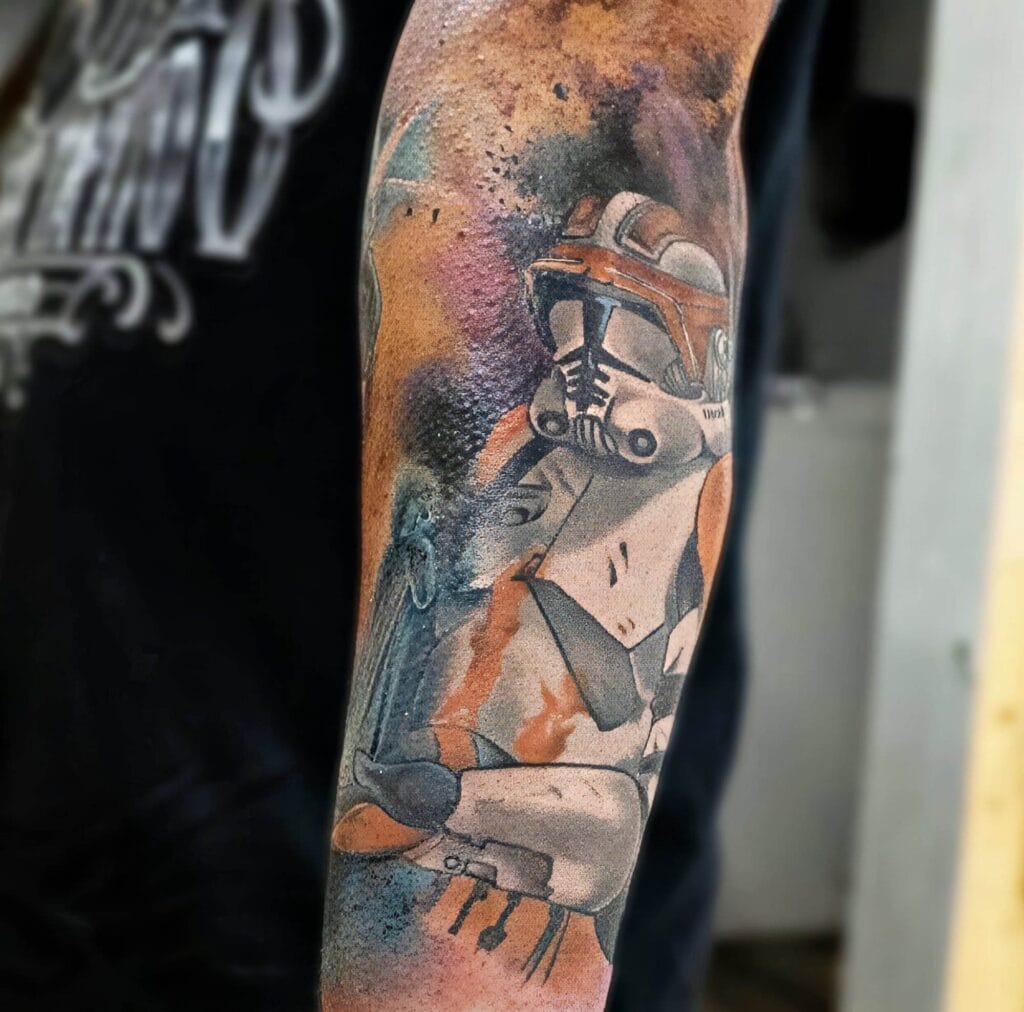
When combined, these elements create a stunning visual narrative, eliciting a range of emotions. It’s as if each tattoo tells its own story, echoing the individuality of the wearer. Whether it’s a floral arrangement, an abstract splash, or a landscape, the design can evoke memories, feelings, or simply express a passion for color. In conclusion, the history of watercolor tattoos and their unique design elements come together to create an art form that captivates both the eye and the soul. This style truly encourages personal expression, turning the body into a canvas, much like a painting awaiting its final stroke.
The Artistry Behind Watercolor Tattoo Techniques
Watercolor Blending and Layering
At the heart of watercolor tattoos lies the exquisite technique of blending and layering colors. This method is akin to an artist’s brush gracefully moving across a canvas, applying washes of translucent hues that seamlessly merge together. Achieving this beautiful effect on skin requires a seasoned hand and a deep understanding of color theory.
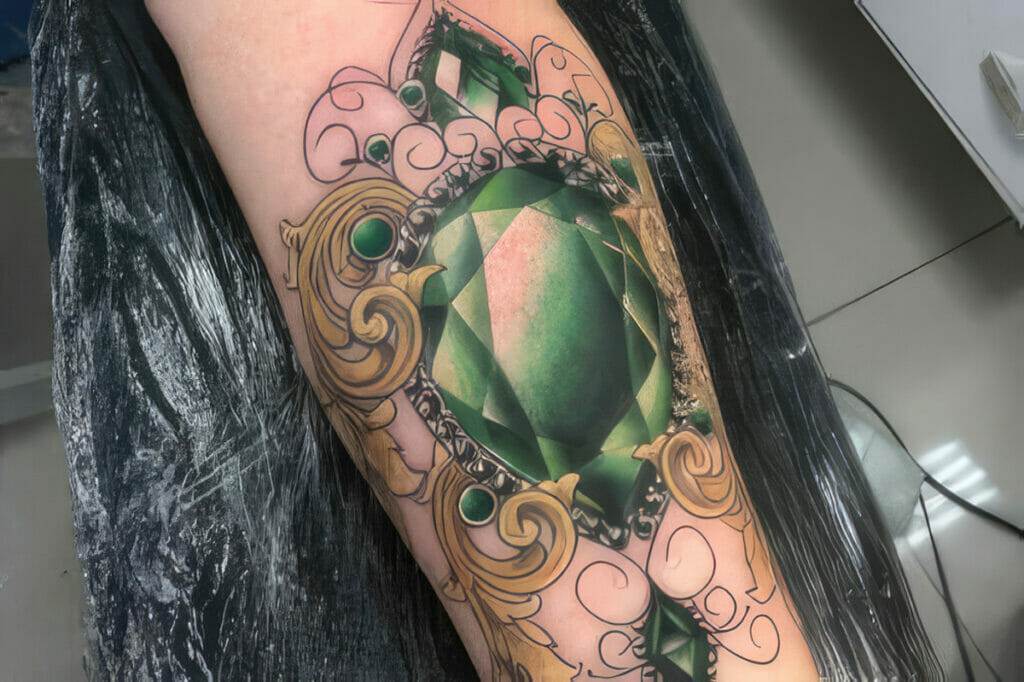
Artists typically use the following approaches for blending and layering:
Translucent Inks:
Unlike traditional ink, watercolor tattoo inks often have a more transparent quality, allowing for softer transitions between colors.
Gradual Application:
The technique involves building colors slowly, with multiple thin layers applied to create depth. Similar to painting, this process involves layering lighter shades beneath darker ones to evoke richness without overpowering the overall design.
Color Theory Application:
Understanding complementary and analogous colors is crucial. Artists carefully select colors that, when placed close to one another, enhance the beauty of each hue while maintaining a cohesive look.
Imagine stepping into a gallery filled with vibrant paintings; that’s what a well-executed watercolor tattoo can feel like. The subtle transitions invite viewers to admire the flow, evoking emotions associated with memories or dreams.
Utilizing Negative Space for Depth
In addition to blending and layering, another distinct element of watercolor tattoos is the strategic use of negative space. This technique creates a sense of depth and dimension, allowing the colorful elements to pop against the blank canvas of skin. The effectiveness of negative space can be illustrated through a few principles:
- Contrast and Balance: By intentionally leaving areas of skin untouched, artists create a stark contrast that enhances the vibrancy of surrounding colors. This balance is not only visually appealing but allows the tattoo to breathe, providing a sense of movement.
- Highlighting Features: Negative space can be integral in emphasizing key components of a design. For instance, a bright splash of color surrounding a well-defined silhouette draws attention and creates a stunning focal point.
- Minimalism and Elegance: The simplicity of negative space can convey elegance; less is often more in watercolor tattoo artistry. A minimalist design can evoke powerful emotions through its restraint, allowing viewers to fill in the gaps with their imaginations.
In summary, the artistry behind watercolor tattoos is a tapestry woven with blending, layering, and strategic negative space. These techniques breathe life into the canvas, transforming the body into a captivating masterpiece that invites appreciation and conversation. Ultimately, this form of body art represents a harmonious blend of creativity and personal expression, allowing each individual to wear their story in a truly unique way.
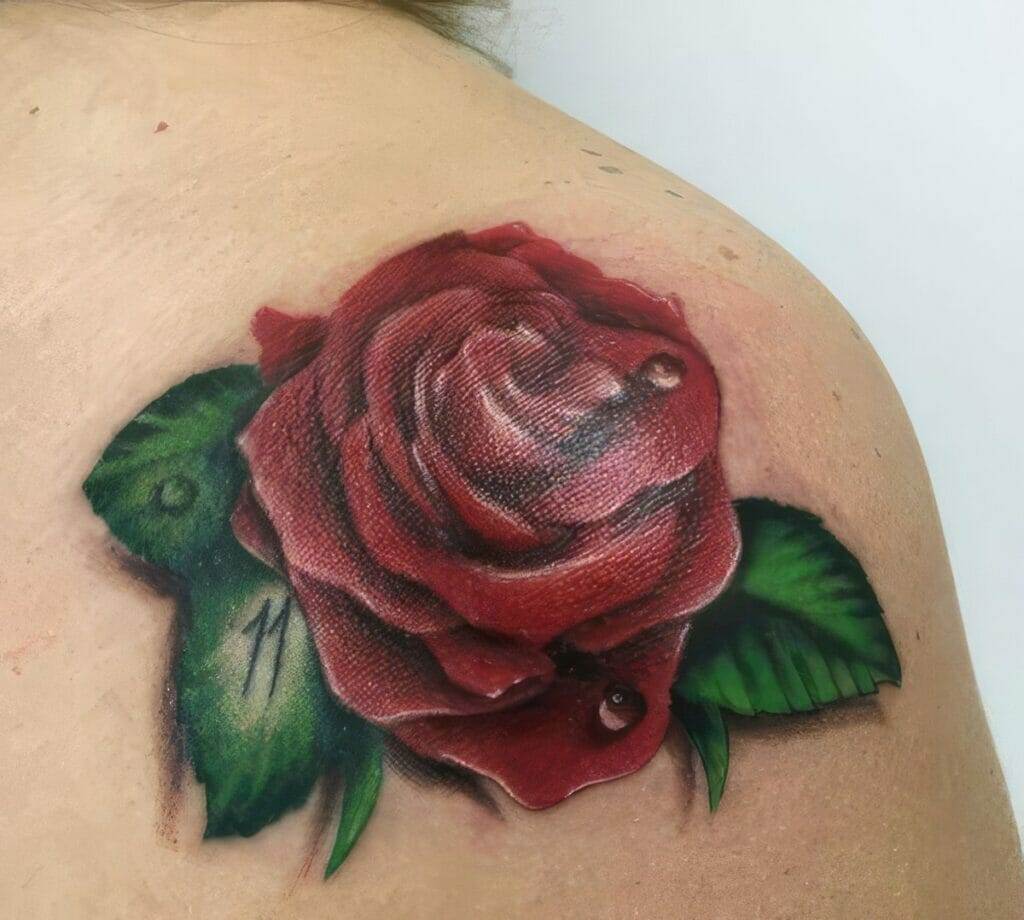
Choosing the Perfect Watercolor Tattoo Artist
Researching Artists’ Styles and Specialties
When embarking on the journey to get a watercolor tattoo, selecting the right artist is paramount. Their individual style and specialty are crucial factors that dramatically influence the final outcome of your tattoo. Each artist brings a unique flair to their creations, making research an essential step. Begin by exploring the following aspects:
- Portfolio Examination: A keen look at an artist’s portfolio offers invaluable insight into their capabilities. Observe the colors they use, their blending techniques, and their overall artistry. This will help you gauge whether their approach aligns with your vision.
- Specific Style: Not all artists specialize in watercolor tattoos. Some may focus on floral designs while others excel in abstract styles. Narrowing your search to artists known for their watercolor expertise ensures the best outcome.
- Online Reviews: References and reviews from previous clients can inform you about their experiences and the artist’s professionalism. Pay attention to comments on the tattoo’s longevity and the artist’s attention to detail.
Finding an artist whose work resonates with you is a satisfying step toward the final creation of your tattoo.
Questions to Ask During Consultations
Armed with research, you’re now ready to schedule consultations. This is your opportunity to delve deeper into the artist’s process and discuss your ideas. Here are key questions to consider:
- What is your approach to watercolor tattooing?: This question helps you understand their technique and if it aligns with what you envision.
- Can you share examples of similar designs you’ve done?: Request to see specific examples that reflect the kind of tattoo you want. This gives you a clearer idea of their execution.
- What is your aftercare philosophy?: A knowledgeable artist will provide detailed aftercare instructions, vital for maintaining the vibrancy of your watercolor tattoo long-term.
- How do you handle revisions?: It’s helpful to know if the artist is open to making adjustments throughout the design process.
Choosing the right watercolor tattoo artist is not just about finding someone with impressive artwork. It’s about establishing a connection and mutual understanding that ensures your tattoo vision comes to life. As you gather insights and ask critical questions, you’re one step closer to wearing a stunning and personal piece of art that reflects your individuality.
Caring for Your Watercolor Tattoo
Proper Aftercare Techniques
Once you’ve adorned your body with a beautiful watercolor tattoo, caring for it becomes essential in ensuring it heals properly while maintaining its vibrancy. Proper aftercare greatly enhances the tattoo’s longevity and prevents complications. Here’s a simple guide to follow:
- Initial Cleaning: After getting your tattoo, leave the bandage on as directed by your artist. When it’s time to remove it, gently rinse the area with mild, unscented soap. Avoid using a washcloth; instead, use your hands to prevent irritation.
- Moisturization: Apply a thin layer of fragrance-free moisturizer or tattoo aftercare ointment. This helps to soothe the skin without clogging the pores. Keep the area hydrated but don’t slather on excess product.
- Avoiding Sun Exposure: Protect your tattoo from direct sunlight by covering it or using sunscreen with a high SPF. UV rays can dull the colors over time, making this an essential step for preservation.
- Keeping it Dry: During the healing process, avoid soaking your tattoo in water, such as in baths or pools. Opt for short showers and ensure you gently pat the area dry afterward.
Proper aftercare is crucial, and adhering to these techniques will set the foundation for a stunning tattoo that remains vibrant.
Tips for Long-Term Color Preservation
To ensure your watercolor tattoo continues to shine brightly through the years, consider these tips for long-term care:
- Sun Protection: Reapply sunscreen regularly, especially if you plan to be outdoors. Consider long-sleeve clothing or accessories if the tattoo is in a location easily exposed to sunlight.
- Hydration: Keep your skin hydrated with quality moisturizers. Well-hydrated skin can help maintain the appearance of your tattoo, preventing it from fading prematurely.
- Avoid Scratching and Picking: As your tattoo heals, it may itch. Resist the urge to scratch or pick at the scabs, as this can distort the design and affect the colors.
- Touch-ups: Depending on the tattoo, you might consider scheduling a touch-up session with your artist after a few months to refresh any color that may have faded.
In summary, caring for your watercolor tattoo involves attentive aftercare practices and ongoing maintenance. By following these straightforward guidelines, you ensure that your tattoo can withstand the test of time, allowing you to showcase your beautiful and vibrant piece of art for years to come. Remember, a well-cared-for tattoo not only enhances your appearance but also tells your unique story in vivid color.
Showcasing Watercolor Tattoo Inspiration
Real-Life Examples of Stunning Watercolor Tattoos
Watercolor tattoos effortlessly merge artistry and personal expression, resulting in some breathtaking designs. When exploring the beauty of these creations, one can find inspiration in various subjects. Here are some stunning examples that highlight the versatility and appeal of watercolor tattoos:
- Floral Designs: Flowers are a popular choice for watercolor tattoos. The use of vibrant colors and soft edges can create a delicate bloom as if it’s come to life. Imagine a vibrant bouquet of peonies or a single rose that appears to be splashed across the skin in a radiant watercolor effect.
- Abstract Art: Many choose abstract designs that emphasize the beauty of color and shape. These tattoos can be spontaneous, characterized by splashes and strokes that evoke emotions, much like a piece of abstract expressionist art.
- Nature Scenes: Watercolor tattoos can also beautifully capture nature, such as landscapes, waterfalls, or starry night skies. The fluidity of the designs can bring elements of the outdoors right onto your skin, creating a piece that tells a story.
These examples illustrate how watercolor tattoo artistry offers endless possibilities for personal expression, ensuring that each piece is as unique as the individual who wears it.
Popularity of Watercolor Tattoos on Social Media
In recent years, watercolor tattoos have gained immense popularity on social media platforms, becoming a thriving trend that resonates with users worldwide. Here’s how social media has influenced the rise of this artistic style:
- Visual Appeal: Platforms like Instagram and Pinterest are inherently visual, making them perfect for showcasing vibrant and captivating watercolor designs. Users are drawn to the stunning colors and fluid shapes that watercolor tattoos offer, often sharing their favorite designs with friends and followers.
- Community Engagement: The tattoo community on social media is incredibly supportive. Artists and clients alike share their experiences, which fosters a collaborative culture. Hashtags such as #WatercolorTattoo or #TattooArt have created spaces for like-minded individuals to exchange ideas and inspirations.
- Tutorials and Tips: Social media also provides a platform for artists to share their techniques, aftercare tips, and ideas, aiding others in their tattoo journeys. Insights from personal experiences often resonate with followers, who appreciate the authenticity of experiencing tattoo art in this way.
In conclusion, the stunning allure of watercolor tattoos combined with their vibrant presence on social media creates a rich tapestry of inspiration. These tattoos are not just body art; they are visual storytelling and personal expression, embraced by a global community eager to celebrate the beauty of self-identity through colorful, artistic designs. Whether browsing social media for inspiration or admiring real-life examples, watercolor tattoos serve as an enduring symbol of creativity and individuality.

